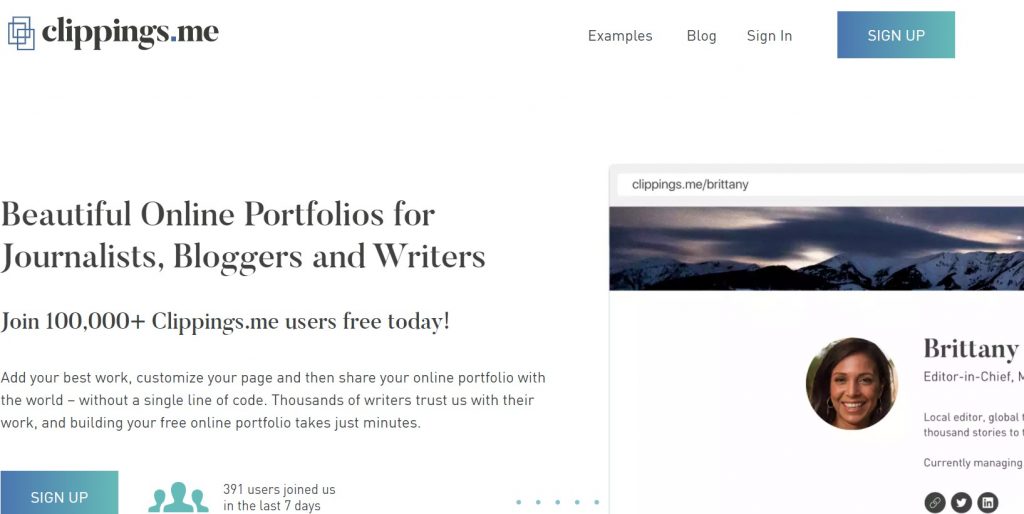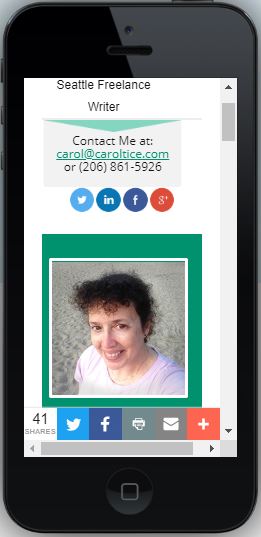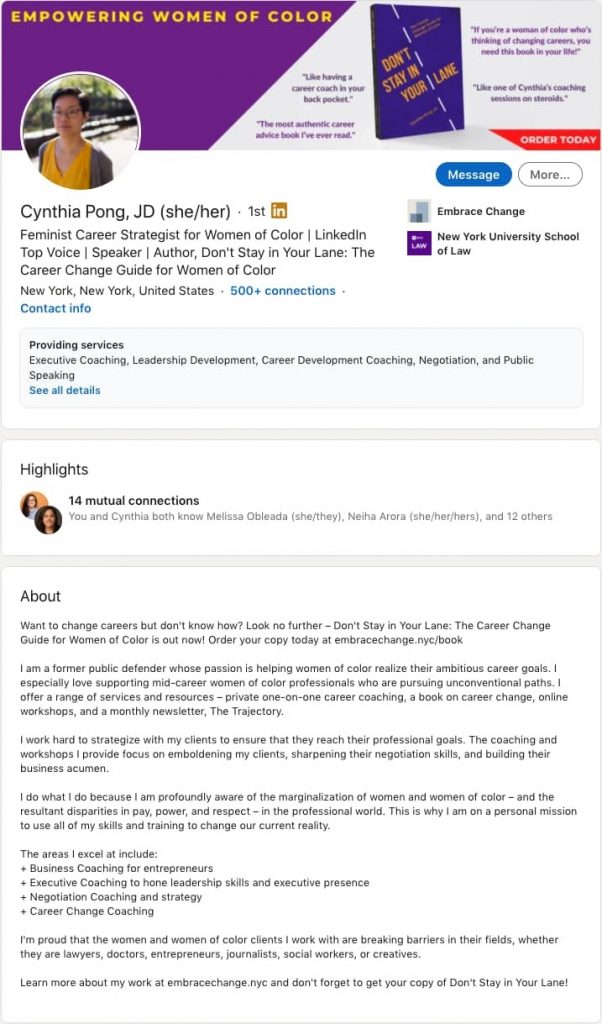An outstanding portfolio is a necessity in the writing profession today. Creative competition is at an all-time high and talent alone will not confirm that you make the grade. Here’s some advice on how to build an exceptional writing portfolio:-
Include your best work
Include work you believe is best when applying for specific projects or positions. Select half a dozen samples with links to where they’re published.
List all your work
List all your work, including links. This gives prospective clients the opportunity to look into you at their leisure.
Display your versatility
Displaying a range of your talents goes a long way with potential clients or employers. Provide examples of copy or content, and tones and writing styles you’re comfortable with.
Use a marketing platform
Creating your portfolio on Contently, Clippings.me, Medium, or Quiet.ly. This ensures you’ll be visible and that your portfolio conforms to a certain standard.

Write an ‘About’ page
Write some information about yourself. Include why you’re in the industry and what motivates you. Show why you love writing, and what your interests and hobbies are. A client will appreciate knowing that you have a life outside of work.
Position your contact details well
Your contact details must be noticeable. A prospective client must never struggle when wanting to contact you.
Use a professional tone
Make sure that the tone used in your portfolio is professional. It forms part of your resume and needs to create an excellent impression for whoever is reading it. Don’t be too familiar with somebody you expect to receive payments from.
Identify your niche
Make sure your portfolio targets your niche. You want to work in the niche that best suits your writing so don’t be too diverse within your portfolio. For more general work, include examples from different niches, but be wary of appearing too versatile. Many clients are looking for experts in a specific field.
Describe your work
Concisely describe your samples in your portfolio. Although your samples are important, the descriptions you give also show how well you can create content, and know your topics. Your potential client will notice that.
Keep things simple
Don’t use long words and sentences. Your portfolio needs to promote you and your experience. Don’t overwhelm a potential client with gloss. Keep it simple and draw more appreciation.
Use white space
Format your portfolio in an uncluttered way to encourage easy perusal. Leave enough white space between samples and other details.
Link to your content
If you are able, provide links to your included published content. Your prospective client will want to be able to confirm your samples. Being able to see these in their published form creates a more positive impression. Include image links or thumbnails for an even better impression.
Make sure your portfolio is mobile-friendly
Before presenting your portfolio, check that it displays well on a mobile. There is no guarantee that the person viewing it will be doing so on a desktop.
Start a website and blog
A website validates you with future clients. Owning your own blog is another way of impressing them. If you own a blog, keep posting regularly. Quality up-to-date content adds substance to your portfolio.
Choose a memorable and relevant domain name
Ensure your chosen domain name is apt – make sure it fits in with the writing services you provide. An obscure name might create obscure impressions of you.
Write guest posts
Including links to guest posts you have written leaves a wonderful impression. Write some to bolster your reputation and esteem with your potential clientele.
Write for NPOs
Volunteer to write for non-profit organizations and include links to this content in your portfolio. This shows that you have a social conscience. Volunteer posts also speak volumes about your love and passion for generating content.
Create dummy articles
Dummy articles are necessary when you are new to the profession and lacking published samples. These articles give your prospective clients an idea of your talent and knowledge, and what they can expect if they hire you. Including dummy articles is better than not displaying much content at all.
Concentrate on your LinkedIn profile
Potential clients love to check social media pages. They can learn a great deal by focusing on your social presence but what will mean the most is what they find out about your professional life. A business presence on LinkedIn, with accurate profile summary information included, will assist them.
Include a current photo
Don’t put a ten year old photo in your portfolio. Include one that shows what you look like at the moment and keep this updated.
Keep your finished portfolio up-to-date
Once you have completed your portfolio, don’t neglect it. Update it every time you have new content to add. An up-to-date portfolio leaves an excellent professional impression and shows you are self-disciplined.
Summary
A physical portfolio shows who you are, what you are about and your skillset. Other platforms contribute to portraying you in the best possible light: an interesting blog, a website, and a social presence. Incorporate the above advice on how to build an exceptional writing portfolio. It’s sure to assist you in growing your reputation within your chosen field.
- Technology and the future of books - July 29, 2021
- The benefits and importance of UX writing - July 29, 2021
- Use the science of music as a tool to enhance creative productivity - July 28, 2021




